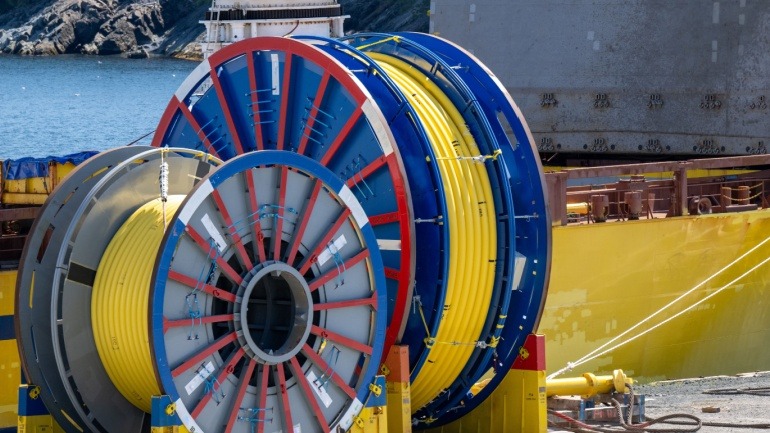Google has announced a major leap in digital connectivity with the unveiling of the TalayLink subsea cable. This new system seeks to enhance connections between Australia and Thailand, supporting digital infrastructure across the Asia-Pacific region. By extending the Interlink cable, revealed last year as part of the Australia Connect initiative, TalayLink offers a fresh route through the Indian Ocean. This alternative pathway is crucial, as it diverges from the heavily trafficked Sunda Strait. Furthermore, the link will integrate with Google’s planned data centers and cloud region in Thailand, underscoring its strategic importance.
In addition to TalayLink, two new regional connectivity hubs are on the horizon. One will be situated in Mandurah, Western Australia, offering an alternative to the congested Perth landing points. The other will take form in South Thailand, a well-known hub for subsea cables. Google is teaming up with Thai telecommunications company AIS, utilizing available colocation infrastructure to bolster these new facilities.
The collective impact of TalayLink and these hubs promises increased network resilience. Notably, the system will enhance connections not just within Australia and Southeast Asia, but will also offer pathways toward Africa and the Middle East, complemented by recently announced hubs in the Maldives and Christmas Island.
With this announcement, Google fortifies its already robust portfolio of subsea cable projects. The list includes numerous initiatives focused on Oceania, featuring the Australia Connect Interlink, Honomoana, Humboldt, and others. This expansion aligns with Google’s longer-term strategy to strengthen digital networks globally.
Earlier this month, the company introduced the Dhivaru cable, another significant Trans-Indian Ocean initiative linking the Maldives, Christmas Island, and Oman. In tandem with new hubs in those locations, Google continues to underscore its commitment to expanding global digital connectivity infrastructure.







